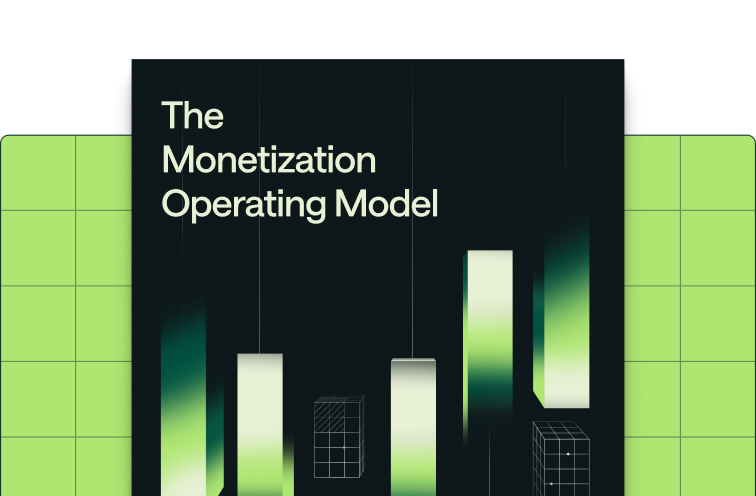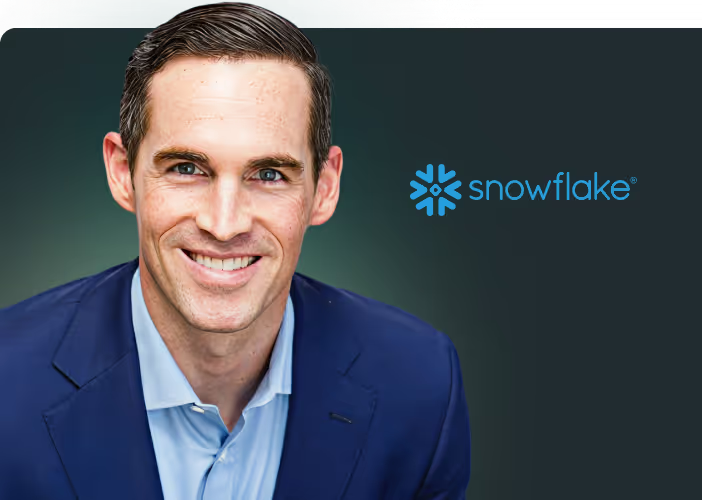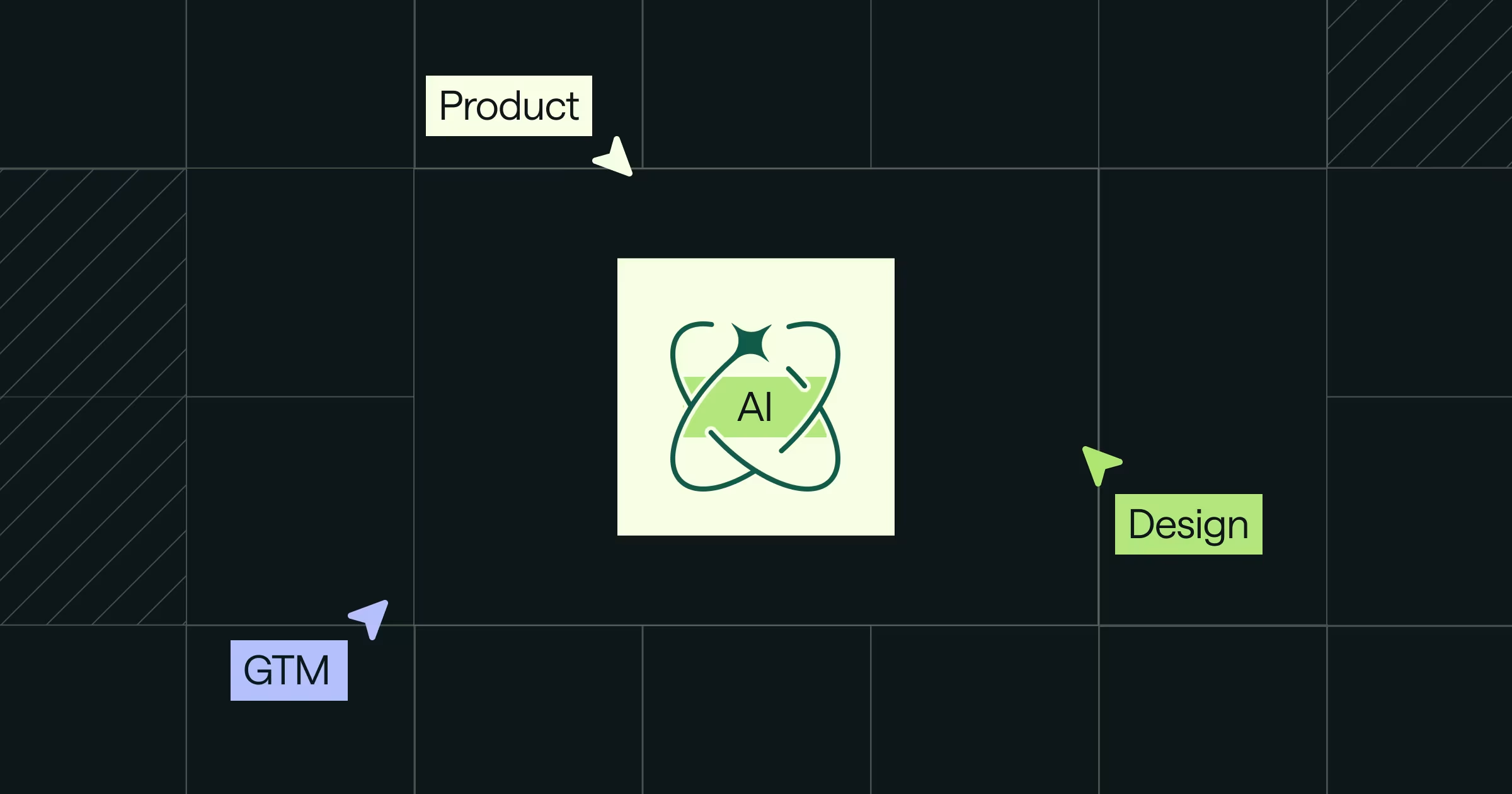Share
This is a guest post written by Jesse Miller, VP of Product Growth at Kong.
If you've already built a successfully scaling product-led self-serve motion, congratulations! That’s an incredible achievement, requiring a deep understanding of your users and outstanding UX design. But PLG isn’t always enough to reach your full growth potential. At some point, most companies need to complement their self-serve model with a sales motion to unlock larger deals and serve enterprise customers.
In my experience leading product growth at Dropbox and Postman, I’ve seen how a thriving self-serve motion can build an impressive business. But I’ve also seen the critical role that sales-led growth can play in scaling beyond self-serve users. Adding a sales motion to your PLG strategy isn’t just about closing bigger deals—it’s about accelerating your growth and making your product accessible to enterprise customers who may have more complex needs.
Why add a sales-led motion to PLG?
As your product matures, you’ll likely attract interest from larger companies. While a PLG motion is great for letting end-users experience the product, enterprise customers often have purchasing processes that require human interaction. They may need assurance around compliance, security, custom contracts, or support that goes beyond what a self-serve motion can offer.
This is where sales teams come in—they help bridge the gap, offering personalized touchpoints, building relationships with decision-makers, and tailoring the value proposition to meet more sophisticated needs. For PLG companies, adding sales can unlock bigger deals and open the door to long-term growth.
Protecting the PLG culture
The most important thing to remember when adding a sales motion to a PLG-first company is to protect the user-centric culture that got you this far. Often, companies that start with a self-serve motion unknowingly develop core principles that make their product easy to adopt and scale without a sales touch. When you add a sales motion, it creates tension with these principles. That’s why I recommend taking the time to explicitly define and protect these principles before hiring a sales team.
This became especially clear to me when I joined Kong, where I’m helping to build a PLG motion in a company that has historically relied on sales. Kong’s popular Konnect SaaS platform is sold entirely through a sales motion, and as I’ve worked to create a PLG experience, I’ve had to disrupt some deeply ingrained aspects of the culture to introduce new principles that support self-serve adoption. I’ll dive deeper into this in a future post, but the lesson is clear: it’s much harder to establish these principles from scratch. For companies that started with PLG, you need to be intentional about preserving what made you successful.
To make this concrete, here are some examples of the principles we embraced at Dropbox and Postman that helped us build thriving self-serve businesses:
- Dropbox: sweat the details
At Dropbox, "sweat the details" was a core value. This ethos allowed teams to spend extra time iterating on user experiences until they achieved the simplest, most delightful outcome. In the world of file sharing—where alternatives were clunky and complex—Dropbox delivered an “Apple-like” experience that just worked. When adding enterprise features, we were careful not to sacrifice the end-user delight that made Dropbox successful.
- Postman: every pixel matters
At Postman, we understood that developers viewed our product as an integral part of their workflow. Just as developers fine-tune their IDEs, we knew every pixel of our UI was sacred. This commitment meant we were extremely cautious about adding banners, modals, or pop-ups—you won’t find an Intercom chat in Postman. Even as we scaled our sales efforts, we never compromised on this focus.
- Postman: developers-first
Postman was built by developers for developers. Our messaging and emails always spoke directly to them. As our sales team grew, there was pressure to reach out to signups from "hot" companies, but we resisted. We even went so far as to withhold signup emails from the sales team, forcing them to find buyers through other means. This ensured we never undermined the self-serve user experience.
Get clear on your buyer
The buyer of your enterprise product will likely differ from the buyer of your self-serve product. This is why your first enterprise sales should be done by a founder or your head of product. There’s a critical period of customer development needed to understand what you’re really selling. Often, companies start with simple access control or security features, but it’s still crucial to define how your buyer changes—even if they share the same job title, their needs may differ based on company size or industry.
Understanding your enterprise buyer will allow you to refine your messaging. I recommend creating a separate product page for your enterprise offering, even if it’s the same product with added features like role-based access control (RBAC). This way, your value proposition remains clear, and your PLG messaging doesn’t get muddied. You'll also want to add an Enterprise tier to your pricing page. On these pages, include a “Contact Sales” button and measure conversions. This drives inbound leads while also giving you a way to iterate on messaging and measure its effectiveness.
From PLG to Product-Led Sales (PLS)
If you’re coming from a PLG background, you're probably selling to SMBs or prosumers at an average deal size between $1K and $10K per year. Don’t expect to leap directly to $1M enterprise deals. Instead, you’ll likely move into the mid-market, with deals ranging from $25K to $50K. To make this transition efficient, you’ll want to embrace a product-led sales (PLS) approach.
Product-led sales is the practice of using product usage data to target sales outreach. This isn’t just a data analysis exercise—it involves introducing features that help identify potential enterprise customers. Focusing on product-led sales first leverages your existing strengths and creates momentum for your sales team before transitioning into a more traditional outbound enterprise sales model.
Conclusion
Adding a sales motion to your PLG strategy can unlock massive growth, but it requires careful planning and execution. By maintaining your product principles and gaining clarity on your new enterprise buyer, you can create a hybrid model that leverages the best of both PLG and SLG. Expect some trial and error, but if you protect the foundation of your PLG motion while layering in sales, the rewards will be well worth the effort.
--
Interested in hearing more of Jesse’s expertise in PLG? Check out our recent Unpack Pricing podcast episode where Jesse dives deeper into his learnings and advice for companies building out PLG motions.






%2520(1)%2520(1).png)




